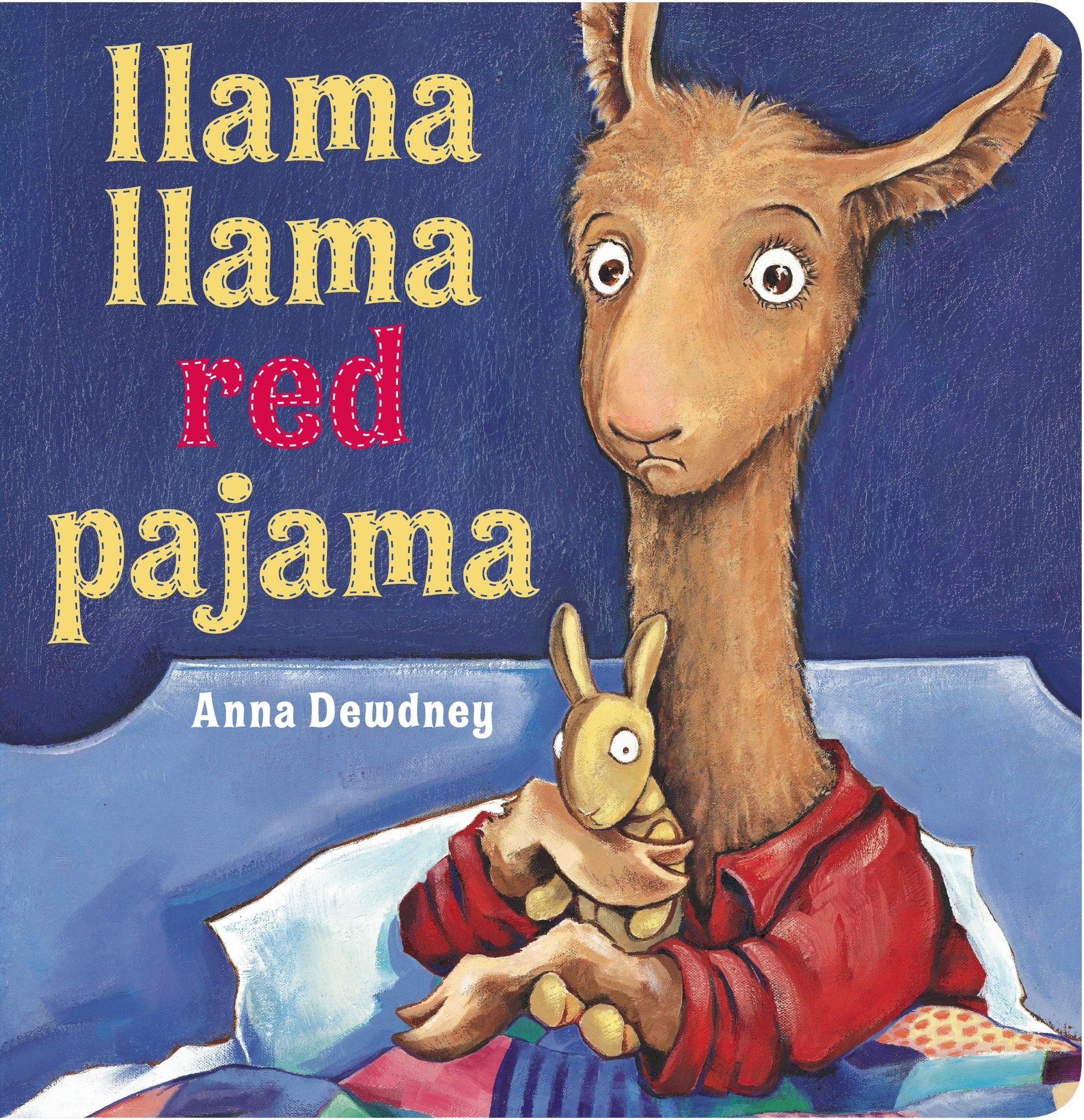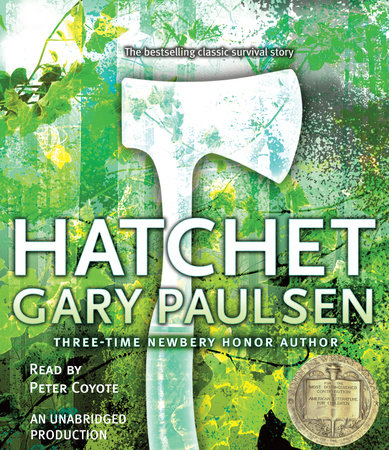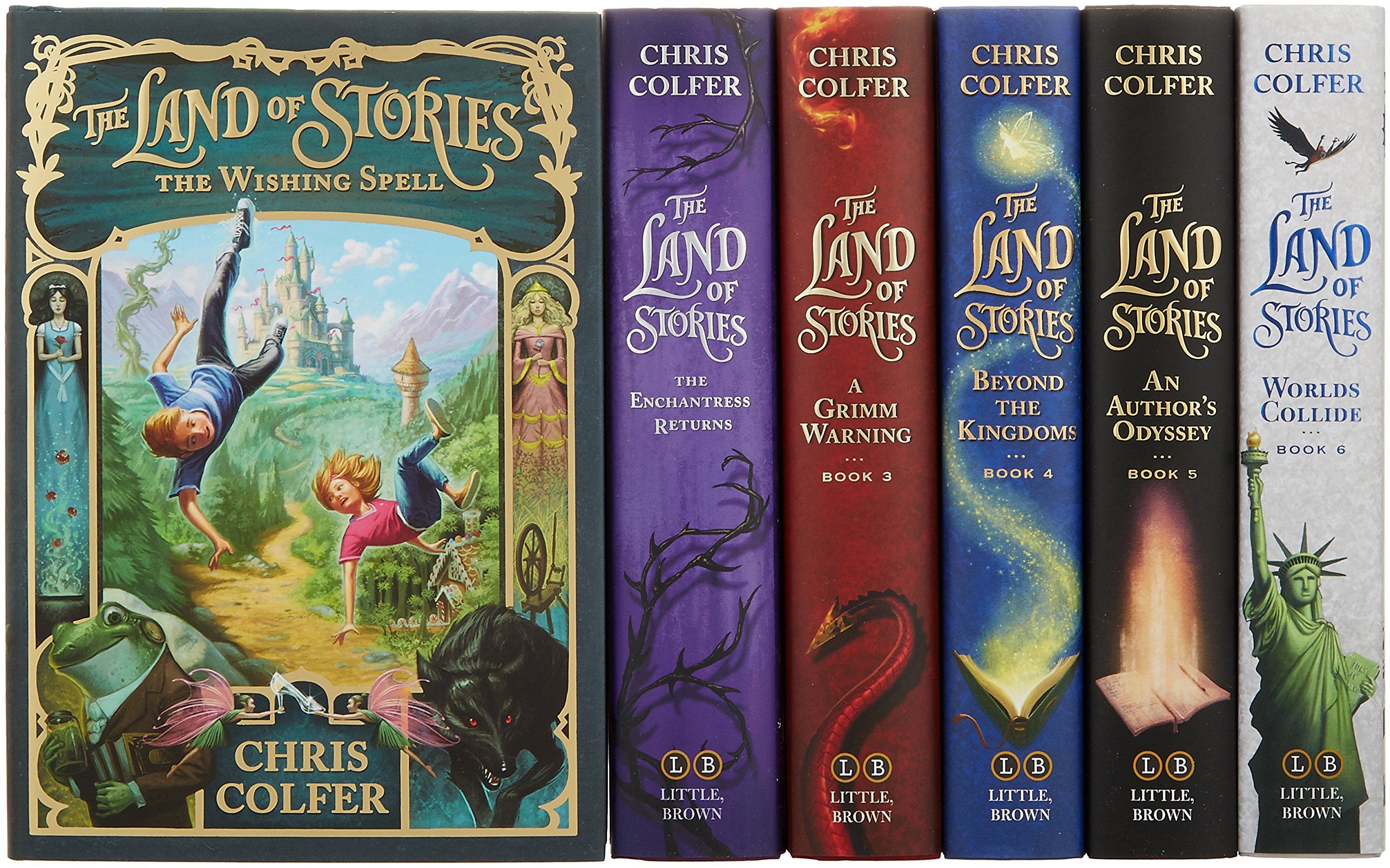Blogs
Out of all the different ways that parents can improve a child's education, the number one thing costs no more than a free library card and time. We can read to them. In 1983, the U.S. Department of Education was concerned about low academic performance scores, so they funded a Commission on Reading who spent two years combing through thousands of research reports conducted over the previous twenty-five years, and in 1985 they published their findings in a report titled Becoming a Nation of Readers. Amidst all of their digging, they discovered that reading out loud to kids is the number one most important thing we can do to help our kids become successful learners.
“The single most important activity for building the knowledge required for eventual success in reading is reading aloud to children,” the report said. “It is a practice that should continue throughout the grades.”
I’ve Seen It First Hand
As homeschool parents, we have the privilege of watching our kiddos learn to read, and I’ve noticed that reading seems to happen in different ways for different kids. My third child took to reading like a fish in water. He just got it, and by the time he was four years old, he we pretty a fluent reader, who could zip through simple chapter books without any help from me. One of my kids magically taught herself to read. She's our fifth child, and I guess she just didn't want to wait for me to get around to teaching her, so she piled a stack of books on the couch, day after day and flipped through them. We would all smile at her cutest, but never in a million years did we think should would be successful. Honestly, we were floored when she emerged from her daily ritual a few months later able to read completely on her own. We still don't know how she did it. The next kid did a similarly amazing thing. He asked us to put the captions on whenever he watched TV or a movie, and low and behold, that little bugger learned to read! But a couple of my kids didn't take to it so easily.
When my oldest daughter was learning to read, I thought we’d never get out of that sounding-out phase. For “cat,” she would slowly pronounce each letter to the best of her ability. “Cuh -- Aaa -- Tuh” And after a few tries, she’d blend them all together and declare, “Cuh--a--tuh!” as though it were a word. By the time second grade rolled around, she wasn’t even close to being ready for the American Girl historical fiction class that I’d signed her up for. It was a great little program that included crafts and baking and short plays to help kids reinforce what they’d read in each American Girl book, but the syllabus required some heavy lifting. Every month, the class covered one of the American Girl historical fiction characters (six short books), plus a History Mystery book from a similar time period (historical fiction novel of about 150 pages each) and a Dear America Book (another 150 pages in a fictional diary). These were some pretty high standards for girls between the ages of eight and twelve. My daughter was the youngest girl in the group, and in order to get her through it, I knew I would have to do all the reading. We hardly did much else that year in our homeschool. But an amazing thing happened. After a couple of months of this intense out loud reading schedule, she was suddenly able to read fluently. Seemingly overnight, she went from painfully sounding out every letter, to easily flying through sentences and with inflection in her voice! That little girl is about to finish her last year in college. She graduated high school with 63 college credits and a 4.0 GPA. She might have been slow to start, she became a voracious reader, polishing off no less than a book a week in some seasons of her life, and to top it off, she’s an award winning writer of both regional and national writing competitions. Five years my experience with her, one of my sons had the same difficulty that his big sister faced. He seemed hopelessly stuck in the sounding out phase. So I thought I’d try another intense out loud reading schedule, and guess what. In just a couple of months, that same magical thing happened -- one day he was struggling through each sound and the next day he was flying through sentences and paragraphs. Turns out, there’s science behind this phenomenon. Among many other benefits, out loud reading increases something called phonemic awareness. Phonemes are the different sounds in words that determine the meaning of the word. Phonemic awareness is the ability to recognize and identify those different sounds, and it’s a crucial skill for reading. Vital Vocabulary
Vocabulary is also an important part of reading success. No shock there. Words are the building block of reading, after all. But it turns out kids have a much easier time decoding words that they recognize and understand. And vocabulary isn’t only critical for reading, it’s important to learning as a whole. According to readaloud.org, “The number of words that a child knows on entering kindergarten is a key predictor of his or her future success.” Out loud reading is crucial to vocabulary development because it exposes kids to a higher volume of words and to words that you don’t normally use in everyday conversation. In his bestselling book The Read Aloud Handbook, author Jim Trelease explains that most people use about 5,000 words in regular conversation. These make up a person’s Basic Lexicon. People also pull from additional bank of about 5,000 less often used words, and together, these 10,000 words make up a person’s Common Lexicon. But the true test of a person’s vocabulary strength lies in their ability to understand and use a smaller group called the “rare words.” So how do we expose kids to these rare words if they’re not a part of our daily conversation? By reading to them. And as it turns out, words have a huge impact on learning.
The Word Factor
Researchers at the University of Kansas Drs. Betty Hart and Todd Risley had been studying preschoolers for decades, but they were frustrated and perplexed as to why children from low-income homes were so far behind their more affluent peers, in spite of many different attempts to give the lower income kids advantages through specialized preschool programs. For 2-½ years they studied conversation in the homes of 42 different families, and what they discovered was remarkable. Based on their research, four-year-old children whose parents were professionals of some sort (doctors, lawyers, accountants, etc.) will have heard about 45 million words in their four-year lifetime. Children from working class families will have heard 26 million words and children from families living at or below the poverty line will have heard 13 million words. It amounts to a difference of 300 words per hour between children in professional homes versus children in poverty level homes.
At the age of three, the professionals’ children had a vocabulary of about 1,100 words, while the lowest income kids had 525 word vocabularies. And by the time the study was completed, the average IQ of the child from the professional home was 117 compared to 79 for the children in poverty level homes. The reality for many parents is that they have to work and can not spend all day in conversation with their child, but even those parents who can’t be home during the day can increase the number of words their kids hear by reading to them in the evenings. When Should We Start Reading to Our Kids?
Some would say we should start reading to our babies as soon as they’re born, but Jody and I believe we should start even before that. A study was done at the University of North Carolina in which 33 pregnant women were given a passage from a children’s story to read to their unborn babies. They were asked to read it three times a day for the last six weeks of pregnancy. Fifty-two hours postpartum, the babies were each given a nipple to suck as they listened through headphones to a woman’s voice (not their mom) reading three different passages. The researchers measured the babies’ sucking rates and found that the babies showed a preference for the passages that their moms had read during pregnancy. When Should We Stop Reading to Our Kids?
Remember the recommendation from the U.S. Department of Education Commission on Reading? They said reading aloud to children “should continue throughout the grades.” Reading to my teens has been one of the most bonding and rewarding times for us. It’s a time for deep diving when we talk about what makes people tick and what we hold as the core values that drive our decisions. Tom Sawyer’s brilliant (albeit mischievous) ploy to manipulate his peers into paying him for the “opportunity” to whitewash his aunt’s fence sparked a great discussion with my kids. We talked about Tom’s genius and his ability to manipulate people and situations and how he had a choice to use those gifts for good or for bad. We talked about how Tom Sawyer could have been a great entrepreneur, and we contemplated what causes a person to choose well or not choose well. When we read The Giver, we talked about the pros and cons of socialism and how this conversation is extremely relevant to changes in our own society. We talked about aspects of the society presented in The Giver that we admired and aspects that seemed oppressive. In the teen years, when so many things are competing for our kids’ attention, reading aloud can offer intimate moments with them that we might not otherwise find.
What to Read?
Regardless of their age, look for great stories. Look for stories that are as enjoyable to you as they are to your kids. For a quick read, an endless stream of inspiration, along with some great book recommendations, check out Sarah Mackenzie's book The Read Aloud Family: Making Meaningful and Lasting Connections With Your Kids. If you like podcasts, tune into her Read Aloud Revival podcast, and be sure to visit her website. She has an amazing treasure trove of ideas, inspiration, and book suggestions.
E.B. White, the author of Charlotte’s Web, Stuart Little and The Trumpet of the Swan said, “Anyone who writes down to children is simply wasting his time. You have to write up, not down. Children are demanding. They are the most attentive, curious, eager, observant, sensitive, quick, and generally congenial readers on earth...Children are game for anything. I throw them hard words and they backhand them across the net.” That being said, keep the bar high. Choose books with rich vocabulary and descriptions that paint a vivid picture. It takes time for kids to see that “movie” in their mind as they listen to or read a story, but the better the story, the more likely that skill will come. Got wiggly kids? Grab some blank paper and markers, and let them draw as you read. The drawing will occupy their right brain and free up the left brain to listen to the story.
Recommendations at Every Level
When you’re reading to babies, look for stories with rhythm and rhyme. Dr. Suess books are great. And so are Eric Carle’s (The Hungry Caterpillar and many, many more)!
Here are some others:
- I Love You Forever, by Robert Munsch
- Goodnight Moon, by Margaret Wise Brown
- The Runaway Bunny, by Margaret Wise Brown
- The Going-to-Bed Book, by Sandra Boynton
- Chicka Chicka Boom Boom, by Bill Martin Jr.
By the toddler and pre-school years, look for books with stories that little ones can relate to. My little ones love the Llama, Llama books by Anna Dewdney.

Looking for books to capture the hearts of boys? Check out Hatchet, by Gary Paulsen.


If your kids love animals, check out Florida native Carl Hiaasen. His kids books (Hoot, Flush, Chomp and Scat) are fun and well written.
When it comes to teens, they’ll have no problem reading a popular series like The Hunger Games and Divergent on their own, so consider choosing good titles that they might not have picked without your influence. Elie Wiesel’s Night and Victor Frankl’s Man’s Search For Meaning both deal with a heavy topic, but they can offer valuable conversation with your adolescent. I, Robot by Isaac Asimov is another great read for teens. They will be amazed at Asimov’s foresight and are likely to enjoy the stories. If your teen digs science fiction, check out Ender’s Game by Orson Scott Card. It’s a captivating story that offers valuable conversation starters. As you cultivate a culture rich in words, you won’t just help to build a better learner, you’re also likely to build a more self-aware, socially responsible person, and you will surely develop a family culture rich in communication and creativity. All the while, you’ll build tender memories that will stay with them throughout adulthood.




Jenni Stahlmann and her husband Matthew have seven kids (ages 3 to 21), including one on the autism spectrum. They graduated their oldest two in 2017. In spite of significant cognitive challenges, their oldest is working full-time for a great company with great benefits. Their second child is entering her last year at the prestigious Berklee College of Music and is a Thrive Scholarship winner, honored as one of the students most likely to succeed! They are still homeschooling the remaining five with two high schoolers, one middle schooler, one elementary aged student and one preschooler. Jenni has been a journalist and professional writer for 25 years. She currently serves on the Board of Directors for her local homeschool organization and will be teaching a study skills and an advanced writing class at the local homeschool co-op using C2C curriculum.